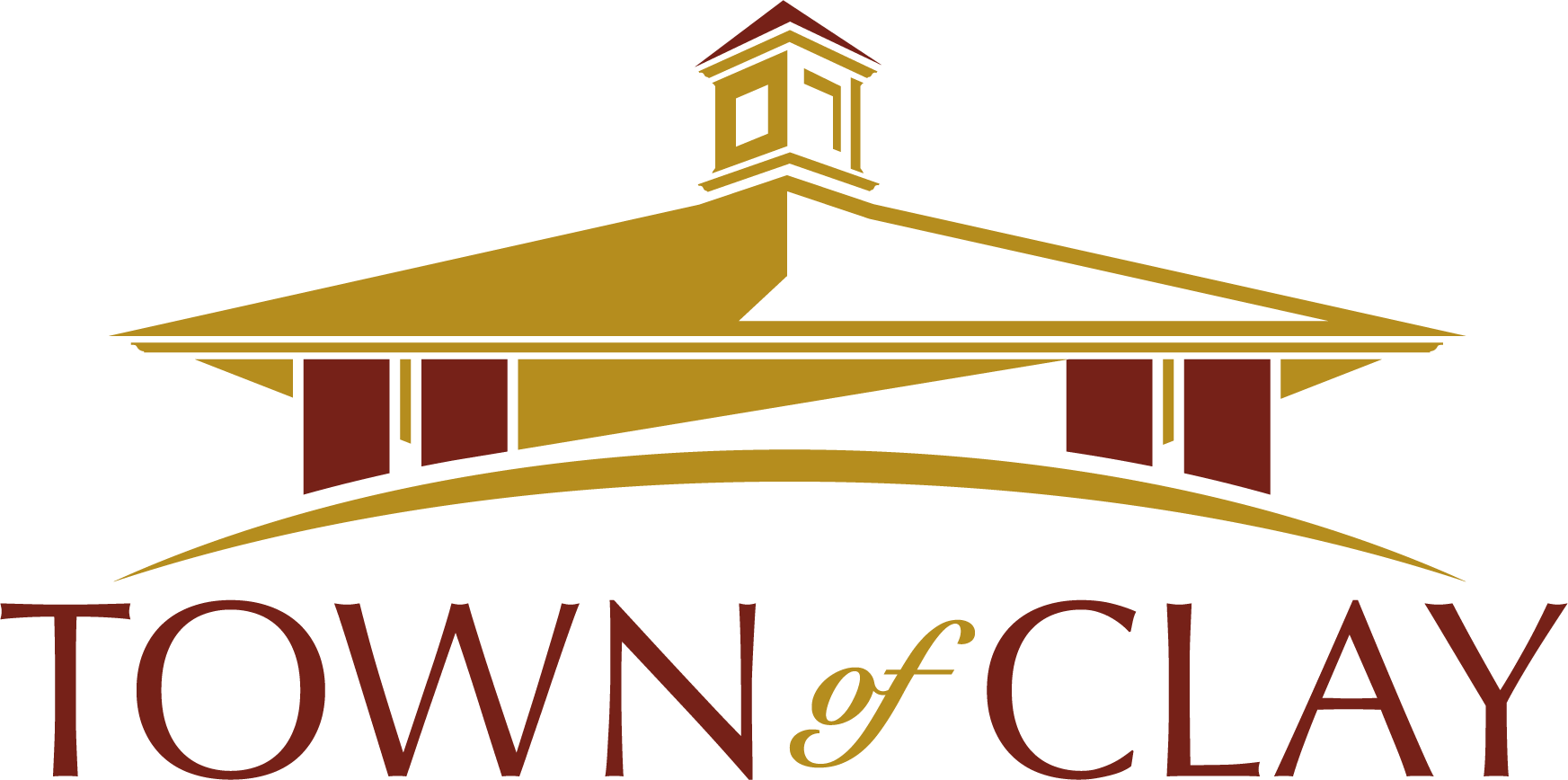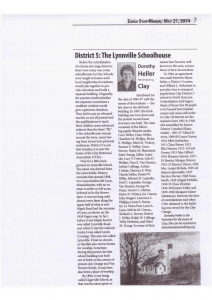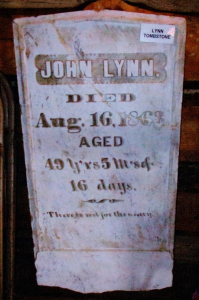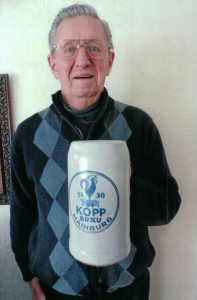Hamlet of EuclidPosted on March 18, 2021 |
Image

|
HISTORY MYSTERY: Hamlet of Euclid
Even to this day, Euclid retains many of the original structures of the days of the attached map when it was a bustling neighborhood with many enterprises. Before the Town of Clay incorporated in 1827 taking half of the Town of Cicero and part of the town of Lysander east of the Seneca River, it was known as Clay Corners. The post office established the same year was found in Gifford’s store and was called Euclid Post Office. The Postmaster was Andrew Johnson who also was the first Supervisor of Clay. The original school house south of Clay Corners Tavern was a log structure and was also used for worship. Soon it was replaced with a wooden structure. In those days the roads were just wagon tracks with a few other existing dwellings.
As time passed other businesses arrived: a cheese factory south of Route 31, a pioneer store owned by Jefferson Freeman, a union school, two wagon shops and a steam saw mill owned by one of the Young families. There were also craftsmen as harness makers, shoe makers, a tailor and others. By 1868, there were 35 houses clustered around. Following are histories of some old structures from the past, some still standing.
From present-day Route 31 heading north, the first building on the right is what remains of Gifford’s Store. It was a mercantile, post office, gas station and community meeting place. Later, as Williams Market, it was mainly a grocery. Several years ago, it was disassembled and a small portion became a beauty shop and nail salon. The building directly north was the Baptist church. Three years after the Civil War ended, it was constructed by the society organized by the Rev. Horatio Warner and used until they disbanded and the parishioners joined the Methodist church. The building was sold to the Town pf Clay to use as a Town Hall and Highway department. At present. It is a garage and car repair shop. Two houses north of the old church was the parsonage, which is now a private home.
Across the street on the west side of Morgan Road stands a large two story building that was the
Euclid Methodist Church. The Christians (Unitarians) living in this area decided they needed a church. It was built in 1837 with donations and labor by these people. Jared Mogg, husband of Lana Young, one of the eight Young siblings who helped found Clay, donated the siding cut on his saw Mill. All Protestants were welcome to use it. But in 1854, the Methodist Society, gaining strength and influence, acquired the church. And in 1886, a large new addition was added. It is now owned by the owner of the Euclid Restaurant.
The House directly south was owned by the woodworker and craftsman, Charles Dence, maker of the lamps from exotic woods from around the world. He also did innovated improvements to the house. South of this was the home of Dr. Allen V. R. Snyder, who began practice in Euclid in 1851, but had to retire in 1861 because of failing eyesight. He resided here for many more years.
On the southwest corner of Route 31 and Morgan Road stands the building that reminds us that this was the Hamlet of Euclid, the present-day Euclid Restaurant. The original Clay Corners Tavern was built around 1817 with several sheds and a barn to the east of it. In 1853, J. M. Rouse, a new owner, decided to reverse the structures. So using the material from the old hotel, he built the present enlarged building. Many proprietors made improvements over the years. The first floor porch was enclosed, then the upstairs porch was enclosed to keep out the dirt from the roads. Many renovations on the inside were made downstairs, and upstairs was made into two banquet rooms. It has had many names: Clay Corners Tavern, Euclid Inn, Euclid Hotel, Old Euclid, The Euclid and Euclid Restaurant. Other structures have been demolished and new ones added.
Dorothy Heller, Historian
3-18-21
Other
History Mysteries
Clay History Camp 2012
History Mystery | Jul 9, 2012
The week of July 9, 2012, seven girls and seven boys from around town made some wonderful memories, Under the direction of Cindy Redhead, chairman of this year’s History Camp, and nine volunteers and helper



